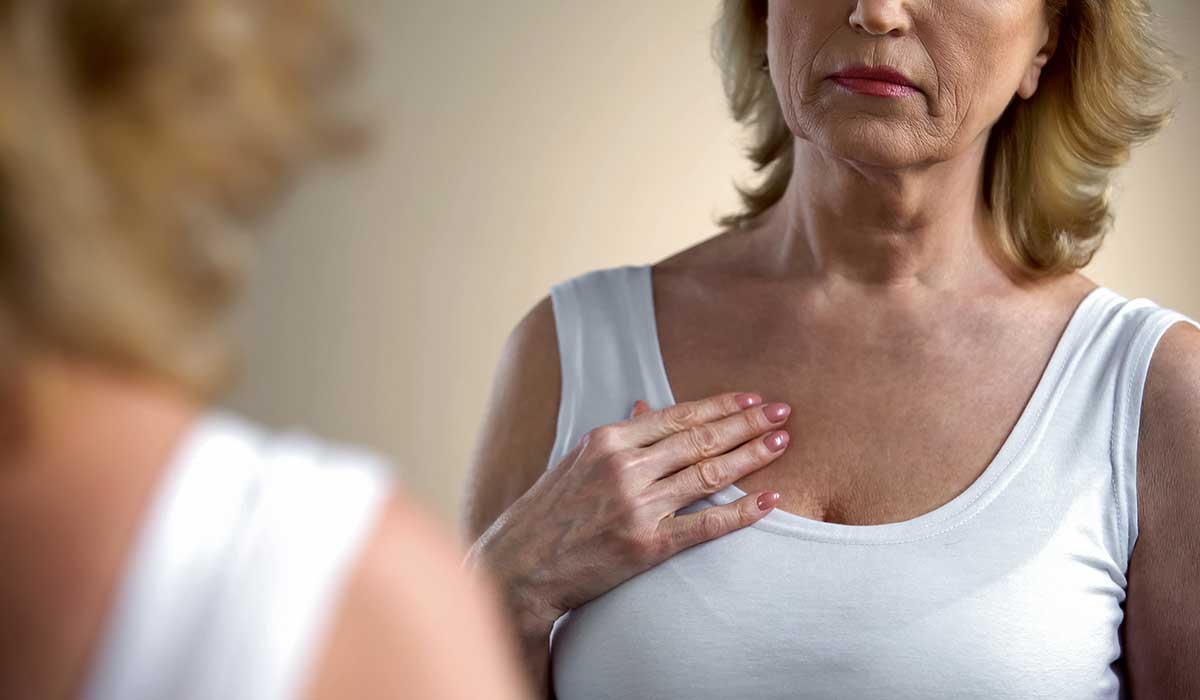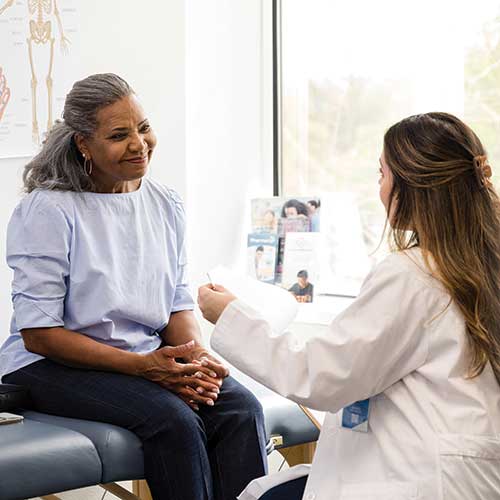October 2022
The standard recommendation used to be that women should perform monthly breast self-exams. However, according to the American Cancer Society (ACS), these exams aren’t particularly helpful in early detection of breast cancer in average-risk women receiving regular mammogram screenings.
In fact, the ACS reports that most women discover signs of breast cancer (such as lumps or nipple discharge) during their normal daily activities, such as getting dressed or bathing. That’s why the ACS now recommends that women instead become familiar with how their breasts typically feel and look — also known as breast self-awareness — and contact a doctor right away if anything changes.
Unlike breast self-exams, breast self-awareness doesn’t require you to stick to a specific schedule or follow a complex method of checking your breasts. Instead, women should simply tune into what is normal for their bodies — and be alert to any changes that aren’t part of the monthly breast changes they experience during their periods.
What kind of changes should women be on the lookout for? Johns Hopkins recommends that women look out for any of these changes:
- Lumps and bumps, or swelling.
- Changes to the skin of the breasts.
- Nipple discharge other than milk, especially if it’s bloody.
- Change in the size or shape of the breasts.
- Skin irritation or redness, or thickening of the skin of the breasts.
- Swollen lymph nodes in the armpit.
- Painful, red, or swollen nipples.
If you see anything that’s out of the ordinary and not connected with your monthly cycle, contact your doctor.



